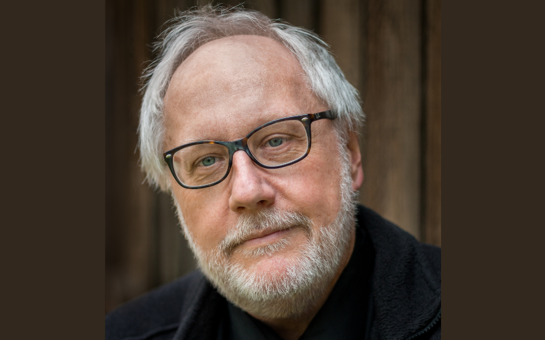- Franz Schubert and Richard Dünser
Sinfonie in E-Dur (2020)
(Completion of Franz Schubert's fragments D729, D936 and D708 for orchestra)- Henry Litolff’s Verlag GmbH & Co. KG (World)
Programme Note
Schubert's music has been with me for almost four decades now:
After the orchestration of the F minor Fantasy D 940 for orchestra (1983), the creation of my version of Schubert's unfinished opera Der Graf von Gleichen D 918 (1993-1996), the arrangements Drei Stücke D 946 I/II and D 625 IV for chamber orchestra (2011) and the Grande Sonate D 617 for piano four hands and string orchestra (2015), the completion of the Symphony in E major (2019-2020).
The musical landscapes found in all these works, with their sometimes somber moods, dark landscapes of the soul, and fragile utopias, have fascinated and inspired me, as they have some other composers of the 20th and 21st centuries (Webern, Denisov, Zender...).
The commission to complete the sketches of the E major symphony was given to me by the conductor Mario Venzago, who also made the first CD recording with the Bern Symphony Orchestra on the Prospero label.
On his recommendation - and because I too had certain reservations about the inner movements of D 729 - I did not use those of the E major fragment, but instead used the Andante D 936 (a fragment from the last weeks of Schubert's life) as the starting point for the slow movement and the Torso D 708 as the scherzo. This gave the symphony an even greater weight and a depth that could possibly secure it a place alongside the great Schubert symphonies.
In several months of uninterrupted work in 2021, I have tried to approach Schubert's music again in my own way, to let him speak dialect, as Peter Härtling said in his Hölderlin novel, to think further in his harmonies and beyond, to recreate and incorporate the counterpoints of the late work, to finish building the forms, to come close to his ideal of beauty and sound.
Media
Scores
Discography
More Info

- Richard Dünser’s completion of Schubert’s Symphony in E-Major receives Austrian premiere
- 16th April 2025
- Richard Dünser’s version of Schubert's Symphony in E-Major receives its Austrian premiere on April 23 in Baden near Vienna by the Beethoven Philharmonie under the baton of Thomas Rösner.

 Located in the UK
Located in the UK
 Located in the USA
Located in the USA
 Located in Europe
Located in Europe